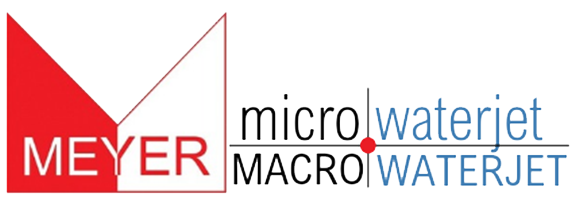Searching For A Way To Cut Exotic Materials?
Micro Waterjet
Get Your Custom Solution
Call 704-948-1223 or Schedule A Free Consultation
"*" indicates required fields
Most conventional cutting methods are incompatible when it comes to cutting exotic materials. Let’s discuss how our Microwaterjet® process has the capability to cut through nearly any material you may have to offer.
Conventional Cutting Methods Struggle to Cut Exotic Materials
Conventional cutting methods are just that: conventional. Those methods were not invented to produce parts from the new materials that are being developed in the 21st century. Microwaterjet® cutting is a refined method to abrasive waterjet, and has a gentler approach to removing material.
- Laser cutting has a small list of materials that are compatible.
- Laser cutting is not capable of cutting layered materials.
- You can only use conductive materials in Wire EDM processing.
- Wire EDM cannot cut layers of dissimilar materials.
- You cannot use brittle materials to stamp parts.
- Photochemical Etching strictly works with thin materials that can only dissolve by chemical action.
- “Conventional” abrasive waterjet cutting uses large diameter cutting systems and coarse abrasive. The impact power can be detrimental to more brittle materials.
Ultimately, the Microwaterjet® process produces results that exceed the limitations of conventional cutting methods.
Materials That Are Compatible With Microwaterjet® Cutting
Our Microwaterjet® process can cut a wide array of materials, including but not limited to:
- Acetal Copolymer
- Aluminum and aluminum alloys
- Carbon Fiber
- Copper and copper alloys
- Curable plastics
- Elastomers
- Inconel and Nickel Alloys
- Nitinol
- Norlyl
- PEEK
- Plexiglas
- Polyimide
- PPS
- PTFE
- Silicon wafers
- Steel and stainless steel alloys
- Tantalum
- Thermoplastic
- Titanium and Titanium Alloys
- Torlon
- Tungsten
- Ultem
- Vespel
A Solution That’s Versatile and Adaptable
Overall, finding someone to create parts from exotic materials and special application alloys can seem frustrating . However, it doesn’t have to be. Our Microwaterjet® process offers a cutting solution that no other service provider can match.
